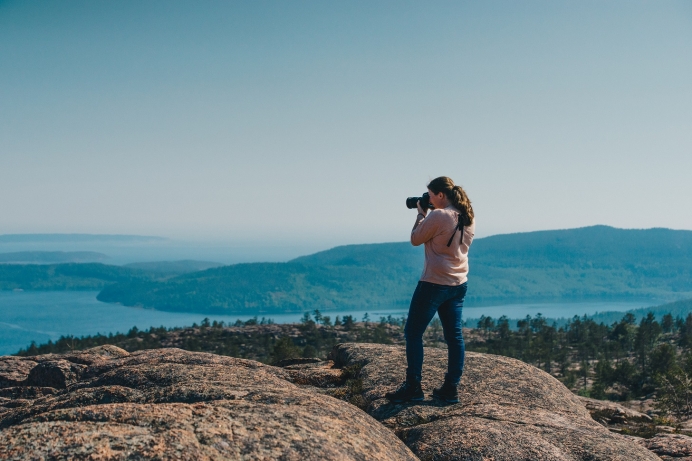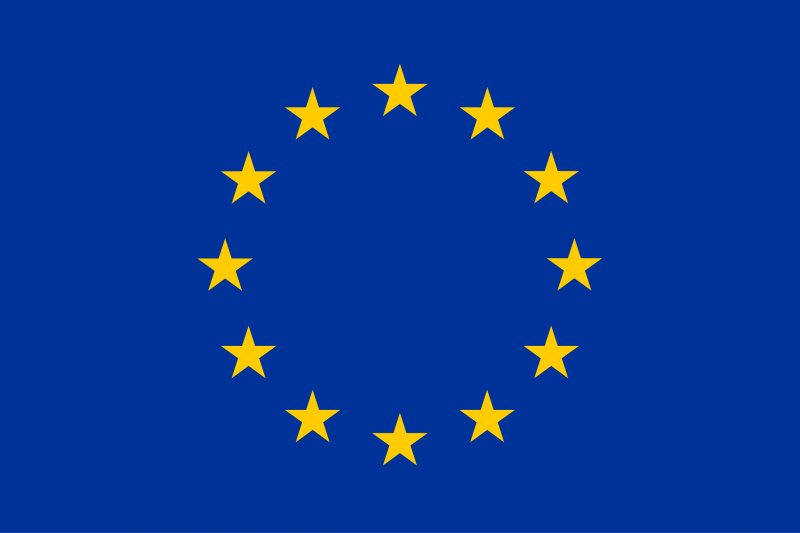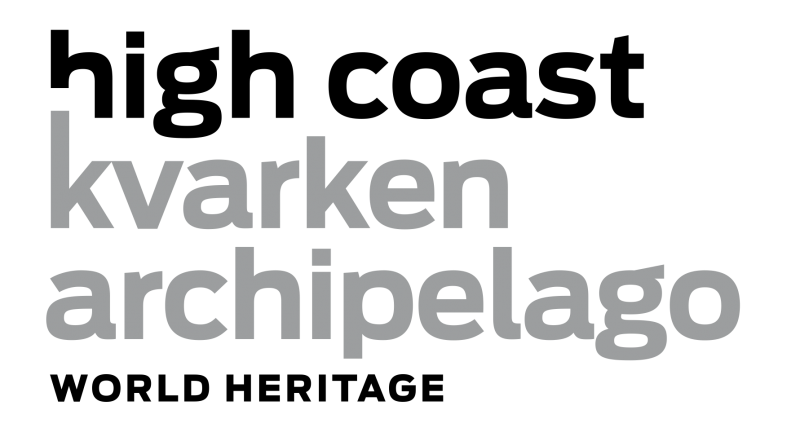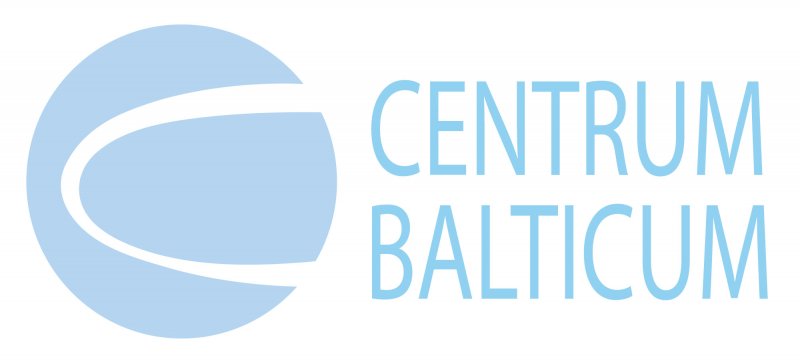This is particularly accurate with young people who can gain unique skills and work experience by being part of these projects. Fabiola de Graaf, a student from the Netherlands, has been a trainee in a project Lystra funded by Interreg Botnia-Atlantica Programme, and shares now her experiences.
How did you end up here at the High Coast?
I did my first internship at UNESCO World Heritage Sites in the Netherlands which spark my interest to the topic. In addition, I have always wanted to travel and work in Scandinavia, so I started to look for opportunities and found the Lystra project. I got a positive response from them to do my internship in the project. I was very enthusiastic about this opportunity!
Before coming to the High Coast, I wasn’t very familiar with the Baltic Sea region. I had visited the region but not been near the coast. But now after spending time here up in the High Coast, I find it is a very interesting and unique place and it is important that more people will learn about it.
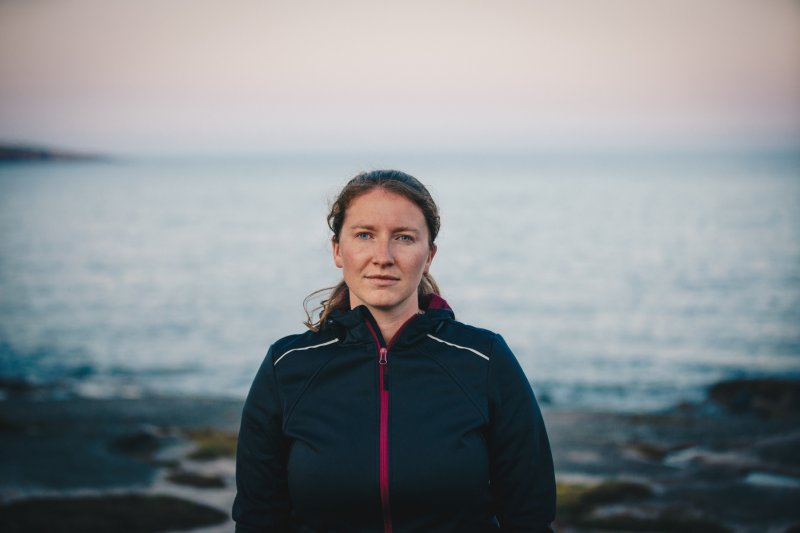 |
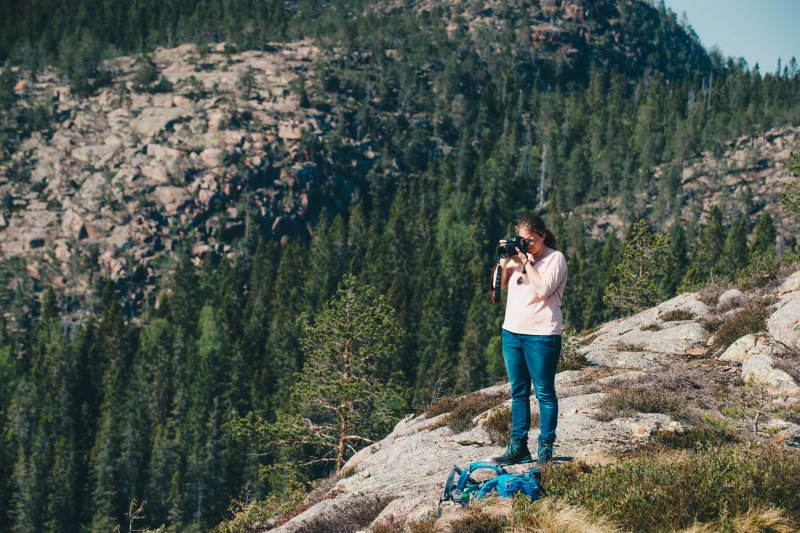 |
How are your photos part of the project?
The most important task of my internship is to take photos that show the special attributes of the High Coast and why it is a UNESCO World Heritage Site. For me it has been nice to try to take photos that show this: cobble fields, special mountain tops, fishers’ villages that are always changing their positions due to the sea that is moving further. In my pictures, I try to visualise all this, so those who have not been in the High Coast can make an impression of it.
What makes it challenging is the land uplift phenomenon – the land is rising but very slowly! So capturing this slow movement is not always easy and as a photographer I need to find it. The changes are very subtle and one “holiday snap” cannot show the changes of the land uplift. However, my task is to take such photos where one can see and learn about the phenomenon.
Is nature in the region a source of inspiration to you?
When I first arrived here, it was fall and I was very surprised by the colourful nature and its beauty. It is also interesting how nature changes when moving from inland towards the coast.
Nature is definitely a source of inspiration to me. As nature is changing every meter you go up it makes one curious. The change is not easy to grasp, sometimes it is very challenging but it makes one work hard and think how to take photos, and one learns a lot from it.
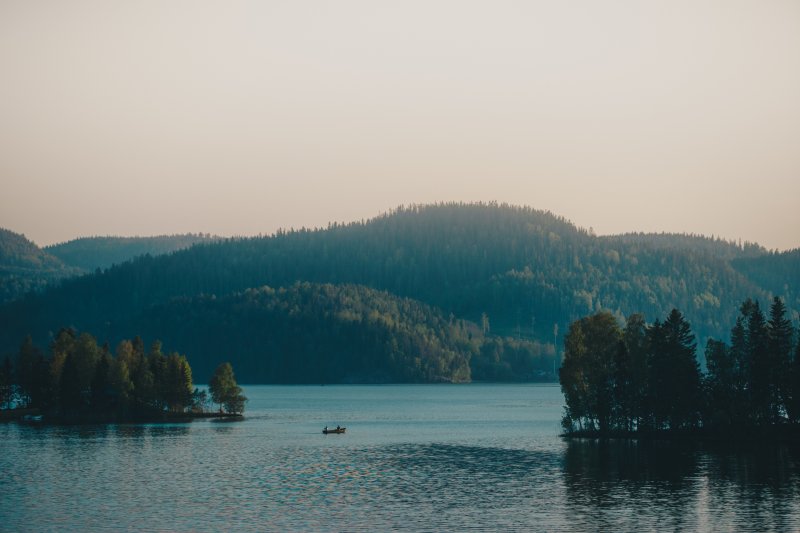 |
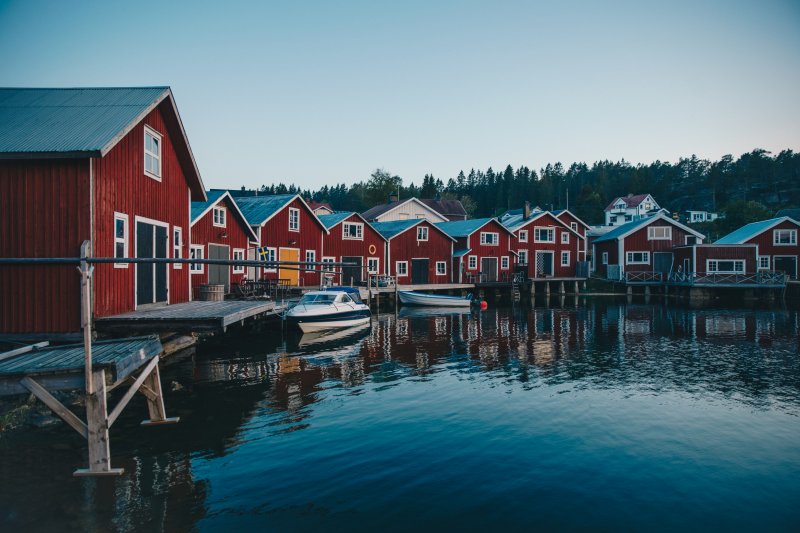 |
What will you remember from your time here when you go back to the Netherlands?
The High Coast is a beautiful and peaceful place. It is so quiet up here that one slows down, and just enjoys the time. People are also friendly and appreciate nature as it is. It is a big contrast to where I come from as there are lots of people and traffic. Here it is easy to feel one with nature.
Read more about Lystra!
The article is part of an European Union funded project "Cohesion through EUSBSR" promoting positive results of EU Cohesion policy in the Baltic Sea macro-region (EUSBSR).
The article reflects only the author's view and the European Commission is not responsible for any use that may be made of the information it contains.
With financial support from the European Union




